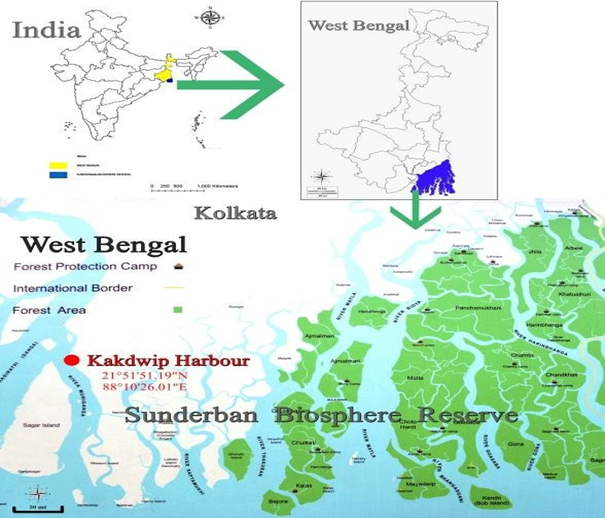Sundarban Biosphere Reserve

Why in the news?
- The population of saltwater crocodiles in the Sundarban Biosphere Reserve (SBR) has increased, according to a recent survey.
- The study titled “Population Assessment and Habitat Ecology Study of Saltwater Crocodiles in Sundarbans 2025” recorded 213 direct sightings, including a significant rise in hatchlings.
- The increase is seen as a positive sign for conservation efforts and ecosystem health.
About Sundarban Biosphere Reserve
- Location: Spread across West Bengal, India, the Sundarban Biosphere Reserve is part of the world’s largest delta formed by the Ganga, Brahmaputra, and Meghna rivers.
- UNESCO Status: It is a UNESCO World Heritage Site and a Biosphere Reserve recognized for its rich biodiversity.
- Mangrove Forest: Home to the largest mangrove forest in the world, providing a unique habitat for numerous species.
- Wildlife: Known for the Royal Bengal Tiger, estuarine crocodiles, saltwater crocodiles, spotted deer, and rich avifauna.
- Rivers & Estuaries: Crisscrossed by numerous rivers, estuaries, and tidal waterways, making it ecologically sensitive.
- Cultural & Economic Importance: Supports livelihoods through fishing, honey collection, and eco-tourism.
- Protected Areas: Includes the Sundarbans National Park, Sajnekhali Wildlife Sanctuary, and other core and buffer zones.
- Conservation Challenges: Faces threats from climate change, rising sea levels, erosion, and human-wildlife conflict.





